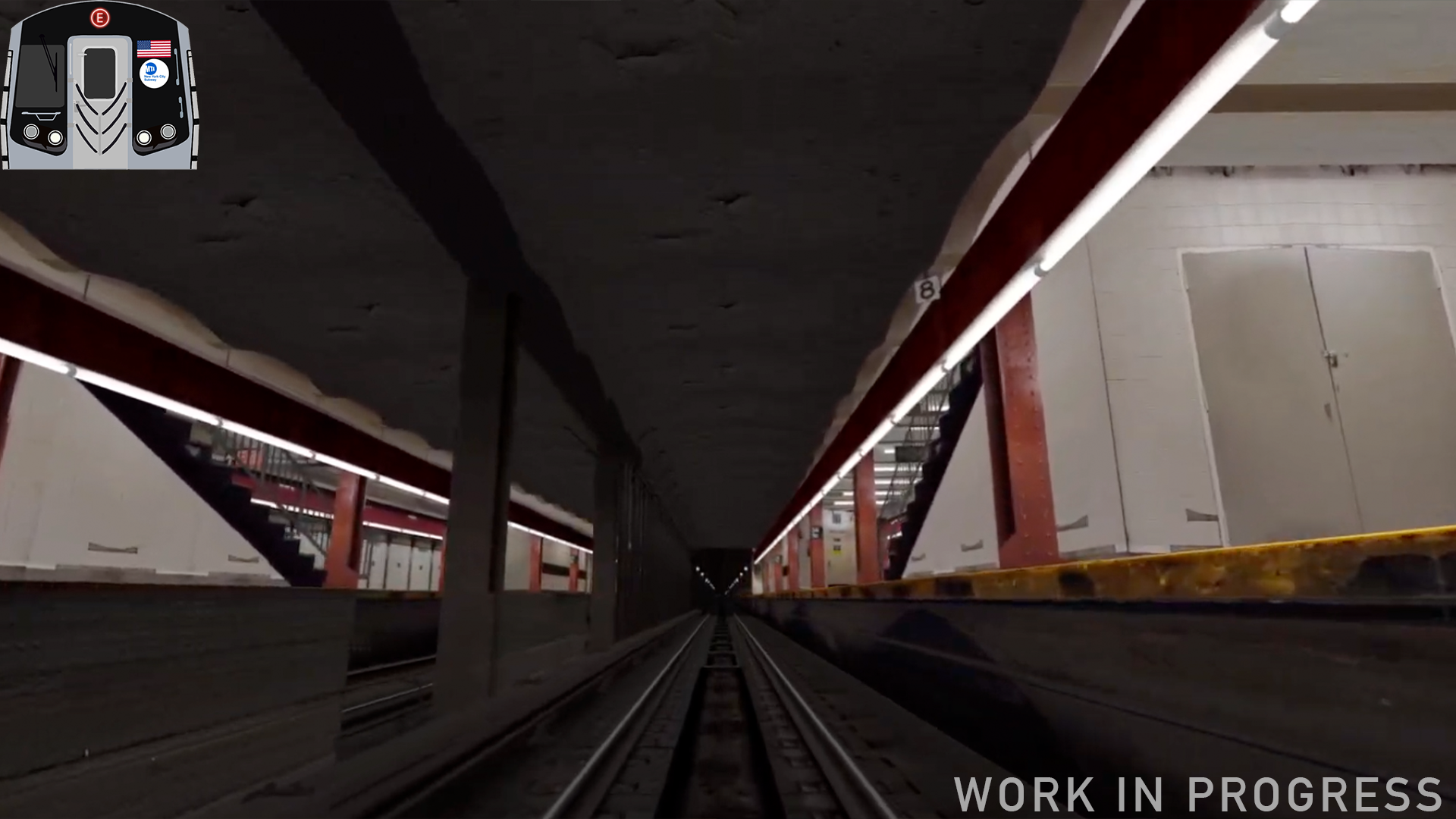How Do We Create Routes?
We develop our content to the highest achievable standard in OpenBVE.
How Do We Choose A Route?
Difficulty (Will development of the route be easy/medium/hard?)
Intrest (Do people like this line? Will people be interested in playing this route?)
Playability (Is this line interesting? Will people have multiple different scenarios to play?)
Length (Is this line long in length? Does it have a lot of stations?)
Ease of traveling to/from (Is this line easy to get to? Do any of our team members live on or close to this line?)
Connections (How many other services does this line connect to/run with? Does this open up the door to creating another route along this trunk line?)
Choosing a route is a much simpler task than what you might think. We choose a route based on a few factors:
This Starts It All.
How Do We Start A Route?
To start off, we scope out the line. We typically start with watching some RFW videos on the line. Most of the time we use the line’s ‘Welcome To An Experience’ video to get a grasp of the line and see exactly how each station looks, and their characteristics.
Next, those who are working on the route (if they are able to) will take a trip along the line to get a first-hand look into it and its inner workings.
Finally, we’ll start getting textures for the first part of the line. This can include any number of stations between 3 and the entire branch line. Once we’re finished getting the first batch of textures, we’ll start editing them and start actually building the route.
Quality, Not Quantity.
How Do We Build The Route?
Now that we have the textures and the route.csv, it’s time to start getting into heavy development. Every route developer has their own style of coding. Some like to build out the entire route’s skeleton, then go back and build the stations, and some like to build out the route’s skeleton as they’re building the stations. Either way, the route ends up the same. The only thing that changes is the path we take to completion. We take pride in the fact that we have a keen eye for detail. Paying attention to detail and adding the little things like a crooked stop marker, construction walls, and ambient noise all make a route more playable and enjoyable for all of us.
This also goes for the number of different services we include in the route. The larger the pool of content & features the route has, the more people will want to play it.
“True Art Takes Time.”
How Do We Test A Route?
Usually, when a route is near completion, our route devs will send the route to some of our other developers & collaborators so they can test the route and give feedback. If an issue is found, the route’s developer must fix it before a release date is given to the public and we start releasing more sneak-peeks on it.
Where all of our hard work pays off.
Release
And finally, we release the route to the public. Our RCI members on Discord will get the route approximately 72 hours before the general public does (we’ll go more in-depth into the perks you can receive by supporting us on Discord in another article). After those 72 hours have elapsed, we’ll release the route to the public alongside a release video on the BVEYard YouTube Channel.
Even though the route is released, however, our work does not stop there. We’ll continue to update the route with new features and fix any bugs the community spots.
Hopefully, this gives all of you a bit of insight into how we develop here at BVEYard. We take pride in the quality of our work and our goal is to revitalize the OpenBVE NYC Subway scene.


